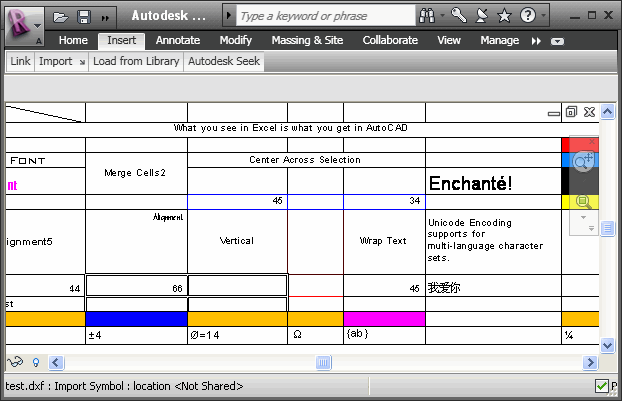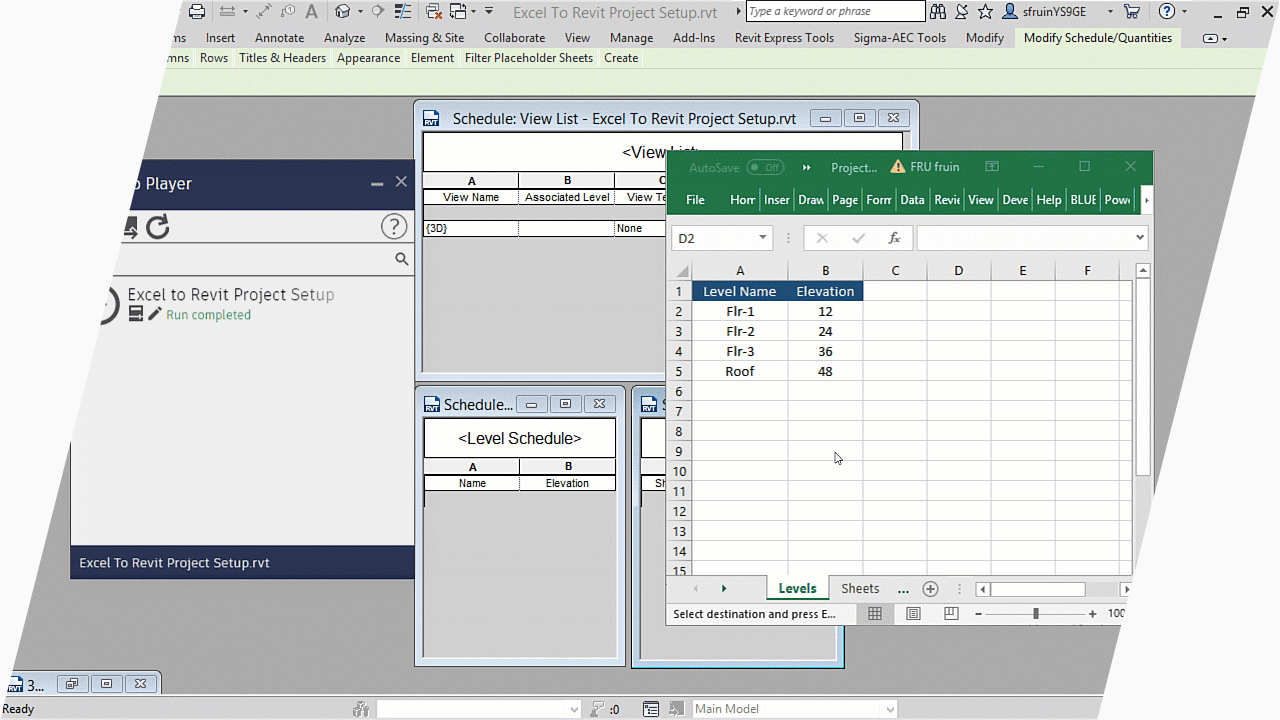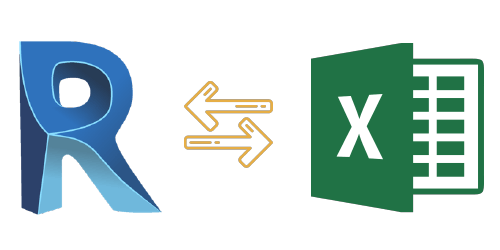Revit Add Ins: Supercharge Your Layout and Modeling
Wiki Article
Revit Excel Combination Demystified: Simplifying Process for Improved Task Sychronisation
Are you tired of dealing with inefficient job control and time-consuming process? Look no better, because Revit Excel Combination is right here to debunk the process and enhance your tasks. With this powerful tool, you can improve job control and eliminate the trouble of hands-on information access. In this article, we will assist you via the importance of Revit Excel Integration, show you exactly how to enhance process, and give ideal practices for successful integration. Get prepared to reinvent your task control effortlessly.The Value of Revit Excel Combination
You need to recognize the importance of Revit Excel combination to properly improve your operations and enhance task sychronisation. The assimilation of Revit, an effective structure information modeling (BIM) software application, with Excel, an extensively made use of spreadsheet program, offers many advantages for engineers, designers, and construction professionals.

By integrating Revit with Excel, you can eliminate manual data entry and decrease the risk of errors. This not only saves time but also ensures accuracy in your task documents. You can upgrade information in Excel, and it will instantly upgrade in Revit, preserving consistency throughout your project.
Additionally, Revit Excel integration enhances task control by making it possible for reliable partnership among staff member. With information integrated between Revit and Excel, everyone can access one of the most current info and work together flawlessly. This advertises smoother communication, decreases conflicts, and boosts general project efficiency.
Just How to Enhance Workflows With Revit Excel Integration
Optimize your procedure by perfectly connecting Revit and Excel to simplify your process. By integrating these 2 powerful devices, you can improve project control and improve performance in your work. With Revit Excel integration, you can quickly transfer information between both platforms, enabling seamless interaction and collaboration.

An additional advantage of Revit Excel combination is the capacity to create custom-made records and evaluate information extra efficiently. With Excel's durable attributes, you can carry out sophisticated estimations, create charts and graphes, and generate detailed records based upon the data from your Revit models. This enables you to obtain valuable insights and make educated decisions throughout the project.
Enhancing Job Sychronisation With Revit Excel Assimilation
By flawlessly connecting your design software application with effective information evaluation tools, you can greatly enhance the sychronisation of your jobs. Revit Excel combination permits you to simplify your operations and boost task control by removing hand-operated information access and lowering mistakes. With this assimilation, you can conveniently move information in between Revit and Excel, making sure that all job info depends on date and accurate.One of the key benefits of Revit Excel assimilation is the capacity to import and export information between both software seamlessly. This means that you my latest blog post can conveniently import existing task information from Excel right into Revit, saving you effort and time in re-entering details. You can export project information from Revit to Excel, find here permitting you to carry out advanced evaluation and computations using the effective functions of Excel.
Additionally, Revit Excel integration allows you to produce vibrant links in between both software program (revit add ins). This suggests that any type of changes made in Revit will instantly update in Excel, and the other way around. This makes sure that all project stakeholders are functioning with the most current information, boosting task control and decreasing the risk of mistakes
Overcoming Difficulties in Revit Excel Integration
When getting over difficulties in the assimilation of Revit and Excel, it is necessary to ensure seamless information transfer and reduce mistakes. One common difficulty is the compatibility of data styles in between Revit and Excel. To tackle this, you can use plugins or add-ins that assist in the conversion of data from one style to an additional. These tools assist keep the integrity of the data throughout the transfer process.Another difficulty is the absence of synchronization in between Revit and Excel. It's essential to develop a clear operations that ensures both platforms are updated in real-time. This can be accomplished by making use of cloud-based cooperation tools or establishing a system for regular data syncing.
Taking care of huge datasets can additionally be problematic. When it comes to taking care of huge quantities of information, revit and Excel have various capabilities. To overcome this challenge, you can split the information right into smaller sized, convenient portions or make use of information filtering system strategies to concentrate on details locations of passion.
Last but not least, human mistake can cause inconsistencies in between Revit and Excel data. It is necessary to train employee on the combination process and establish quality assurance steps to catch any mistakes. Normal audits and cross-checks can assist determine and fix any kind of disparities.
Best Practices for Successful Revit Excel Assimilation
To make certain effective combination of Revit and Excel, it is essential to follow some ideal methods that will aid enhance your process and minimize mistakes. Primarily, constantly begin by producing a clear and organized folder framework for your project documents. When required, this will make it easier to situate and update the essential data. In addition, when linking Excel information into Revit, make certain that the data is complimentary and clean from any type of format issues that can cause errors. Usage constant calling conventions for your Excel worksheets and columns to stay clear of confusion.Another essential technique is to frequently upgrade your Excel information in Revit. This can be easily accomplished by developing a clear procedure for upgrading the connected data. Make it a practice to examine and upgrade the information at normal intervals, especially when modifications are made to the job. This will certainly aid maintain your data accurate and as much as date.

Conclusion
So, there you have it - revit Excel integration doesn't have to be a challenging task. By improving your workflows with this powerful combination, you can boost task control and attain higher effectiveness. Keep in mind to conquer any type of challenges that may emerge and adhere to ideal methods for successful integration. With revit Excel integration debunked, you'll be well on your method to optimizing the capacity of these tools and taking your projects to brand-new elevations.You can export your Revit timetables to Excel, make helpful hints changes or updates in Excel, and after that import the updated information back right into Revit with just a couple of clicks. Revit Excel combination permits you to enhance your workflows and boost job coordination by removing manual information entrance and reducing mistakes. With this integration, you can quickly move data in between Revit and Excel, making sure that all project details is up to date and exact.
You can export project information from Revit to Excel, allowing you to do advanced evaluation and calculations making use of the powerful functions of Excel.
Additionally, when linking Excel information into Revit, make sure that the data is clean and cost-free from any format concerns that could trigger mistakes.
Report this wiki page